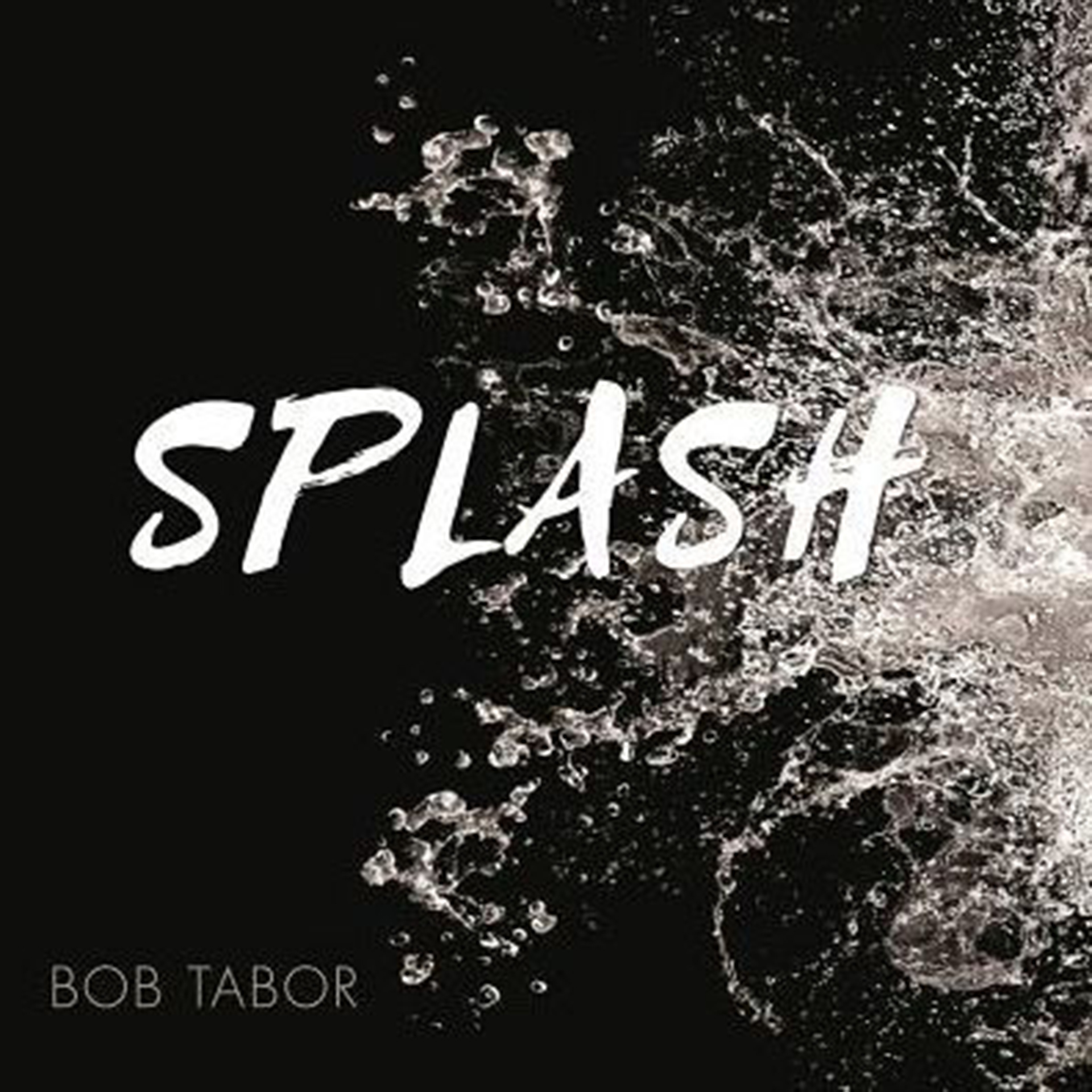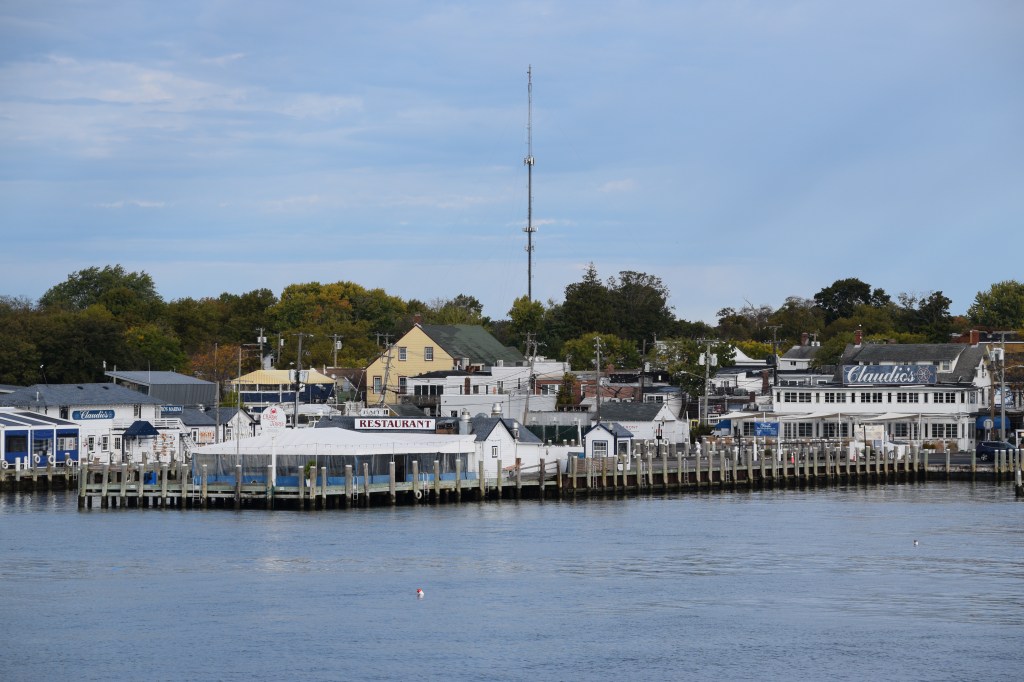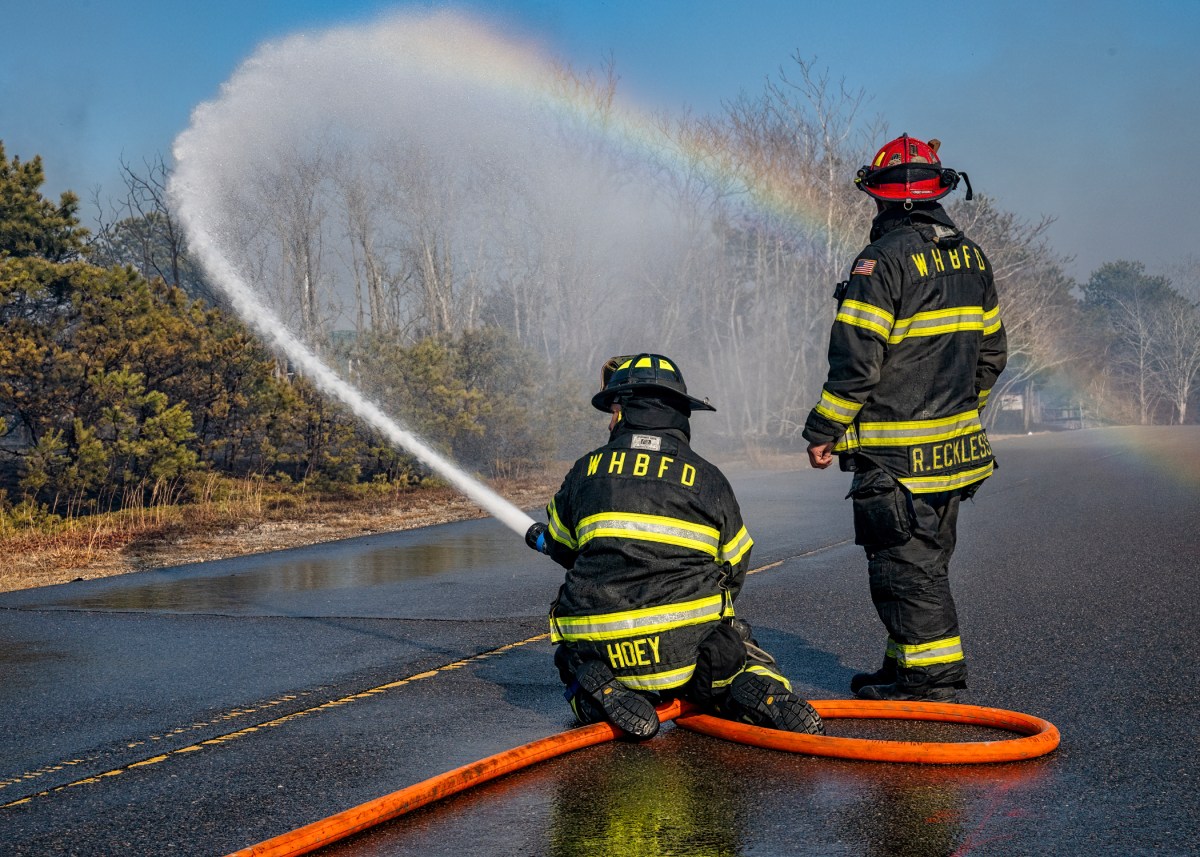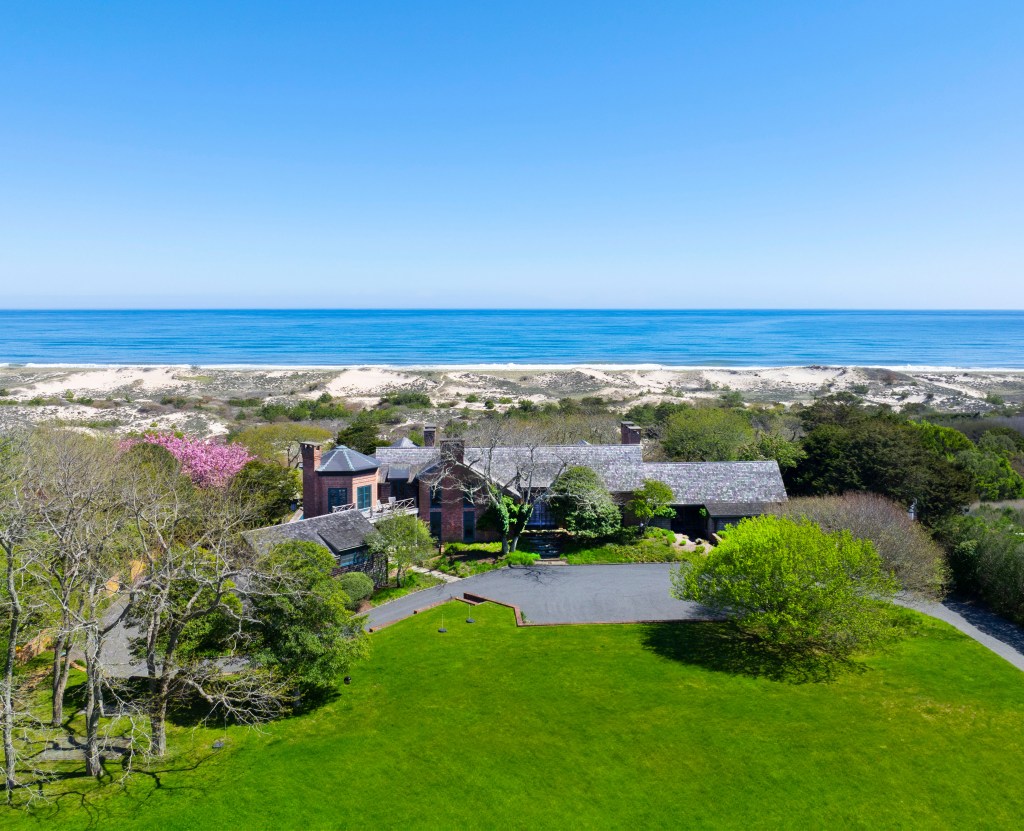Two Books To Make You Think Spring


It’s been said that noted environmentalist and former director of the Sierra Club, David Brower, is credited with introducing the phrase, “modern coffee table book,” meaning an oversized collection of images, usually of the natural world, set out on a low living room table to prompt thumb-through display and casual conversation. He would no doubt cite as exemplary Bob Tabor’s fifth photography book, “Splash” — a handsome volume with “a page size big enough to carry a given image’s dynamic. The eye must be required to move about within the boundaries of the image, not encompass it all in one glance.”
Tabor, a resident of East Hampton and Manhattan, known for photographing horses and the ocean, cites the “commonality” of all his work, which is capturing a moment close up. In “Splash,” it’s the curl or explosive landing of a big wave, a dynamic immediacy, a “graphic simplicity,” which will give “new meaning” to what otherwise might be just a familiar nature image. To achieve his goal, Tabor prefers black and white and large prints. Seven to 10-foot photos are not unusual, but he’s delighted when he can print out 18 feet of Main Beach, which he particularly loves — “its smell, energy, and lyrical beauty.”
Even where color intrudes, as it does in a few images in “Splash,” aqua-green is his only concession. He likes the strong positive/negative contrasts black and white photos convey, and he eschews titles and names, referencing his work only by numbers and then, typically on commission, printing out a desired size. He feels fortunate that some years ago his horse photos attracted Ralph Lauren, and that his work is now on regular display in RL stores. In both his equine and ocean images, he zeroes in on a section, deliberately abandoning a sense of scale, and leaving only a sensation of power.
A graduate of the School of Visual Arts, Tabor says he was a fine arts major and didn’t even attempt photography until later in life when his wife gave him a camera. And then he fell in love with taking close-ups, using only natural light (“I let God do the lighting. I just capture the moment”).
Retired now from 40-plus years as a creative director at a leading ad agency, where he learned the importance of negative space, Tabor gets excited just talking about some of his images — all double-page spreads — especially the tendrils of white foam that shoot out and cascade like a Jackson Pollock spasm across the page.
Flower Power
In her elegant photography collection, “The Ecstatic Gardener,” Hamptons sculptor and painter Carol Ross, who lives in Noyac, where she tends to her garden designed with her husband, presents over 100 striking images of flowers, most double page, many life size or oversize. She notes that “all my flowers project drama, big flowers, tall flowers, strong colors, beds cramped full of a great mixture of flowers.” The last few pages give bonus shots, three to a page, of how her bold, piercing geometric abstract sculptures sit among these blooms, contrasts of color, shape, and tactility.
Though she says she came to gardening relatively late, knowing nothing except brick containers for plants at her city address, she got serious when she started spending more time on the East End and found herself connecting colors in the garden with colors from her paintings and sculptures. “The way I garden is about moving things around and letting the flowers tangle together and show up where unexpected.” But for sure, as the photos exemplify, Ross had her eye on “wild exuberance,” flowers exploding in the early morning sunlight and the fierce sharp shadows of late afternoon.”
To judge from the selections here, she favors reds and pinks and close ups so intense one hardly recognizes the flower. Some pictures look like blurry abstract paintings, “noisy colors” captured over two-page spreads. Most of the blurred oversized shots are of roses, some showing only petal tops or including an insect to give a sense of scale and seem more like paintings than photographs. Interestingly, though Georgia O’Keeffe may come to mind, Ross’s photos of close-up full bloom gardens seem more excessive than erotic. And thus a practical invitation to plan one’s own floral display.



